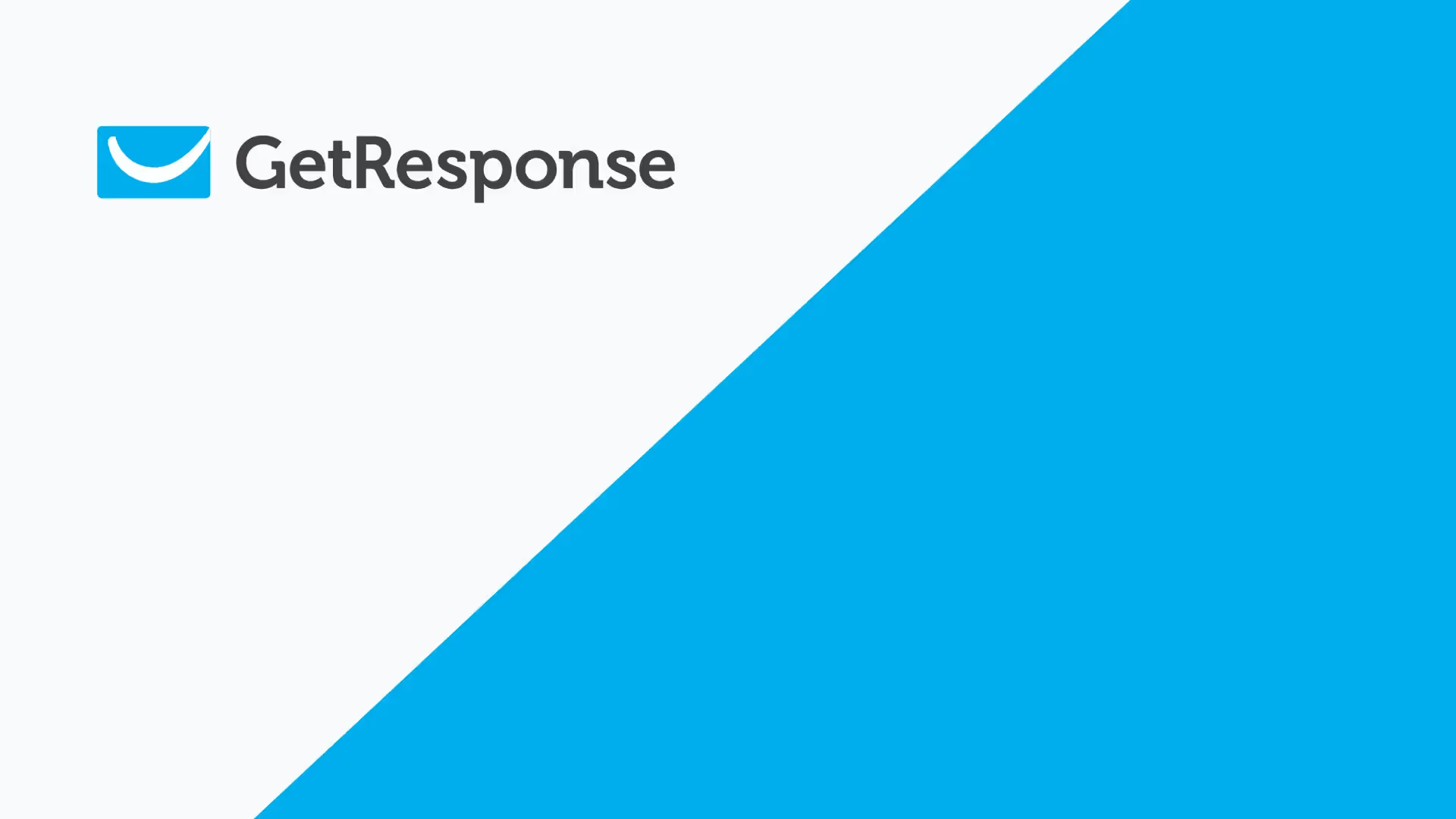In this session, Przemyk, Onboarding Manager of GetResponse, shared his learnings on what to do at every step of the customer onboarding journey to get the highest level of product adoption, engagement, and retention.
He also shares the how-to of:
- Choosing the best way to onboard customers
- Making customer onboarding an additional revenue stream
- Automating customer onboarding workflows with tools
… and more.
About GetResponse
GetResponse is a comprehensive email marketing software that helps in boosting your sales and increasing traffic to your website. The platform lets you automate essential tasks and launch effective marketing campaigns.
Takeaways
Do not automate from day one
If your business is in the initial stage, a high-touch onboarding approach helps you to receive valuable feedback from customers on how they use your product. Asking the right questions can help you understand their pain points and address those challenges while implementing your product.
Setting up your customer onboarding process
A high-touch approach is human-centric. It helps you get the proper feedback from the customers on how they work with your tool. In contrast, a low-touch approach has an automated approach with some human support. A tech-touch approach heavily emphasizes automation with no human intervention. And the best way to choose your customer onboarding process is to ask yourself which approach you need - high-touch or low-touch or a blended one depending on your product complexity and pricing.
Let the product marketing team handle the tech-touch approach
Let the product marketing team set the onboarding workflows to show the features for smaller accounts or freemium customers. Introduce them to your LMS tool for self-learning purposes. To not bombard them with onboarding materials, gamify your onboarding, and reward them with vouchers or other incentives when they complete the onboarding.
Automate certain aspects of onboarding for high-touch customers
If your customer onboarding specialists repeat the same tasks, there’s a high risk of employee churn. Avoid it and save their time by automating repetitive training material. Record short explainer videos and play them during live training sessions. It helps deliver a consistent experience, and the onboarders can break from talking. This helps them to get ready for the Q&A. Also, prepare marketing collaterals like PDFs, blogs, how-to articles that help product configuration.
Tools for automating your customer onboarding workflows
- Appcues
- Beamer
Metrics to measure your customer onboarding success
- Time take to set up the account
- Reduction in time to value after interactions and ideas shared by the success team
- Product adoption rate
Have a customer champion
Find the main point of contact on the customer side. Get them to lead the training session when your onboarding specialist shows a demo. Let them encourage their team to ask questions and make it an interactive experience.
Make your customer onboarding an additional revenue stream
Split your customer onboarding fee package into free, Pro, or VIP, depending on your product and subscription model. Explain to your customers what you have to offer in each package. For instance, you can offer marketing collateral to understand the product for freemium users. VIP packages can include additional assistance such as personalized training with an onboarding manager, data migration assistance, support with business goals, progress review calls with your success team, etc. Make it straightforward for the customer so that they’re aware of obligations for the onboarding process when they sign a contract. And never underestimate the willingness of the customers to pay for your onboarding. It makes them more serious about your product implementation.
Celebrate your customer onboarding success
Have a proper recognition system in your team and other teams. Share your success stories with the marketing team, so they can write blogs, case studies, or get testimonials to showcase those successes. This helps in boosting sales and encourages prospective customers to complete their onboarding journey.
Have a dedicated training team
When your onboarding manager handles multiple things simultaneously, it’s hard to dedicate time and energy for one thing in depth. Having specialists in your team helps the onboarding team understand the different dimensions of the customer education process, like how to do the training better and make it more engaging.
Want to be a part of these sessions? Join the Preflight Community















